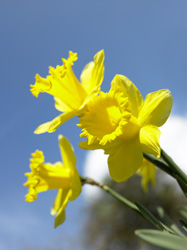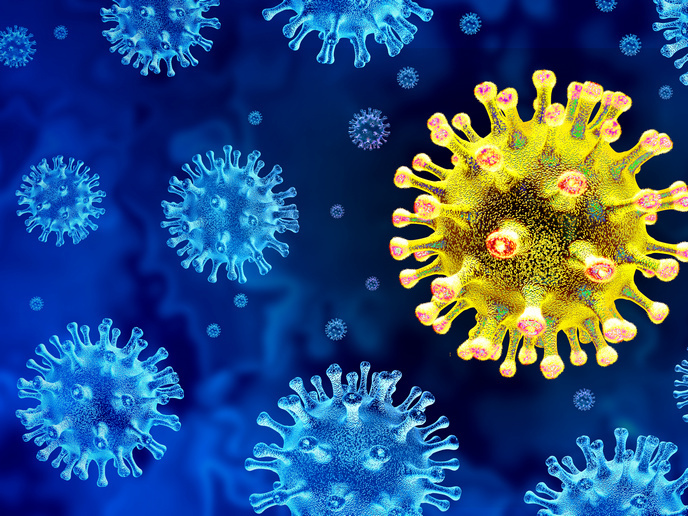Cultivating plants for a natural Alzheimer's drug
Plants of the family Amaryllidaceae, which are mostly flowering bulbs such as daffodils, are the only ones producing galanthamine. The amount produced depends on environment, species and even genetic variation within species. The EU funded a project called SUPROGAL(opens in new window) in order to produce high levels of galanthamine naturally. The consortium of research institutes and small businesses aimed to develop agricultural and laboratory techniques to ensure a good supply of the chemical. A range of plant species within the Amaryllidaceae family were examined for galanthamine content, with researchers settling on a variety of Narcissus pseudonarcissus. They also established a gene bank with high-galanthamine varieties, and developed methods for field, hydroponic and in vitro cultivation that would maximise galanthamine content. After a literature review of current extraction methods, the team advanced a more effective galanthamine-extraction technique. They scaled this up to pilot industrial scale and were able to obtain a purity of 99.5 %. The plants grow rather slowly, so the first commercial batch of SUPROGAL galanthamine is expected to be available in 3–5 years. This new approach holds both commercial and scientific promise as a new galanthamine source.







